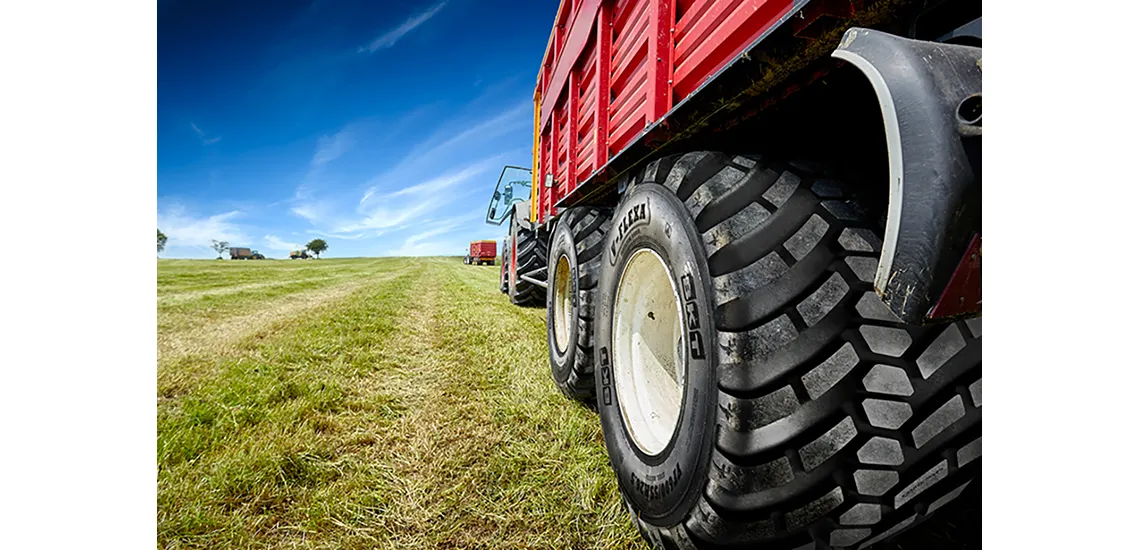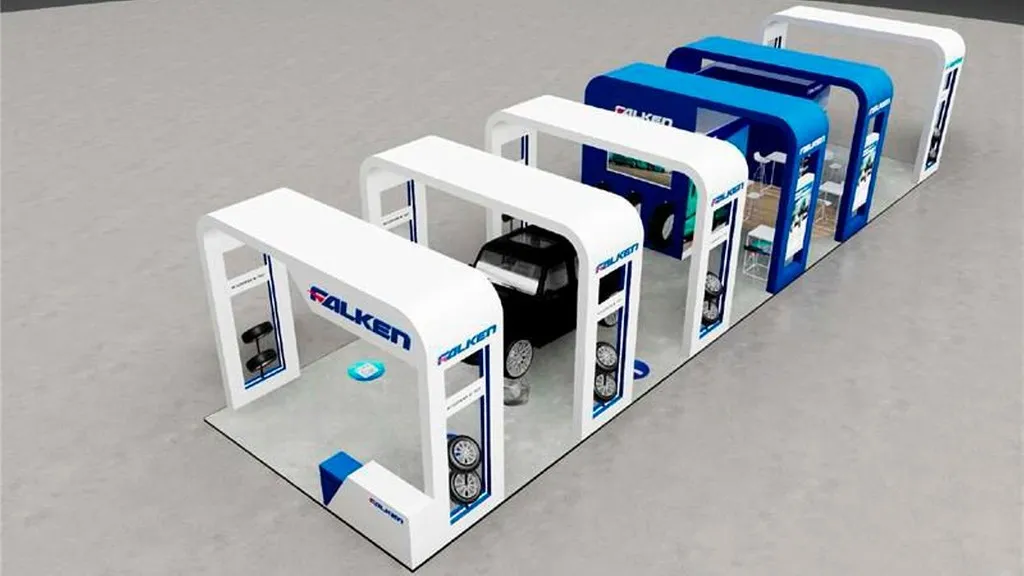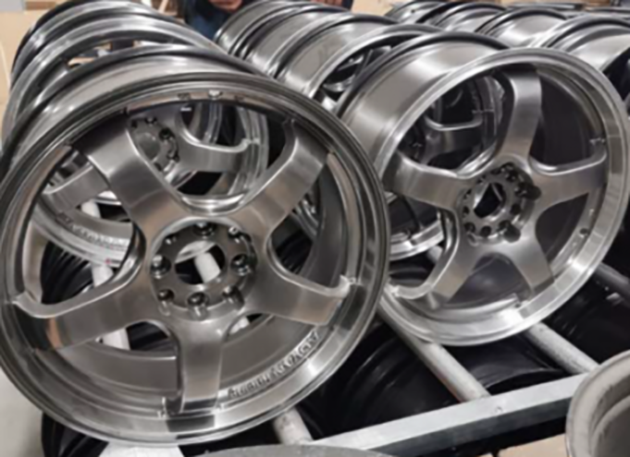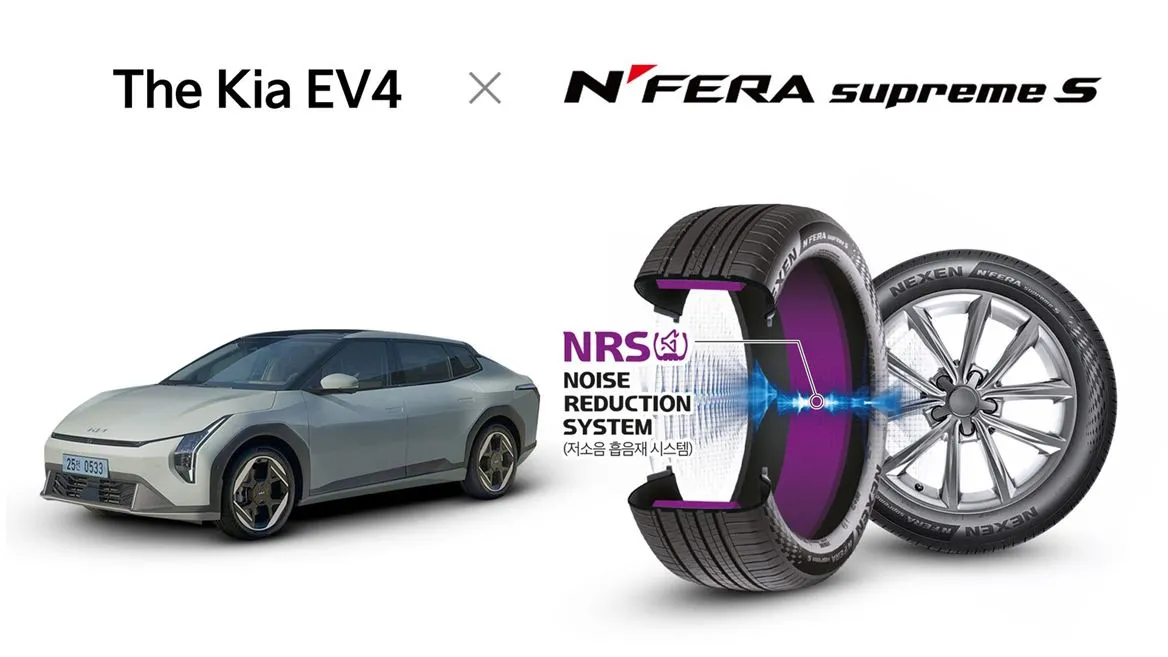With an ever-evolving agricultural industry comes the need for increased productivity and efficiency. Looking at agricultural mechanisation, this orientation means developing increasingly powerful and heavy machinery, designed to support large loads.
A Solution to Limit Soil Compaction
If, on the one hand, the use of these machines makes work in the field more productive and quicker, on the other, the greater weight of the vehicles means huge damage to the land and crops, by compacting the agricultural soil. Recent estimates have shown that over the last ten years more than 20% of...
A Solution to Limit Soil Compaction
If, on the one hand, the use of these machines makes work in the field more productive and quicker, on the other, the greater weight of the vehicles means huge damage to the land and crops, by compacting the agricultural soil. Recent estimates have shown that over the last ten years more than 20% of...







